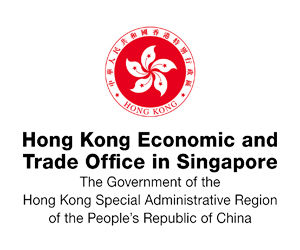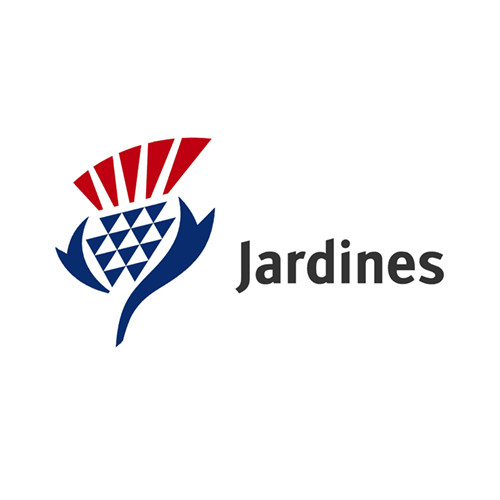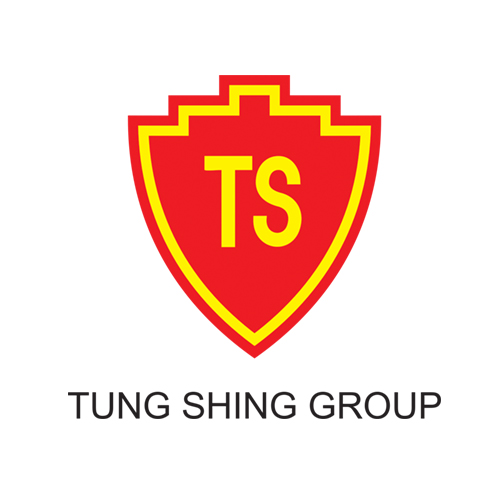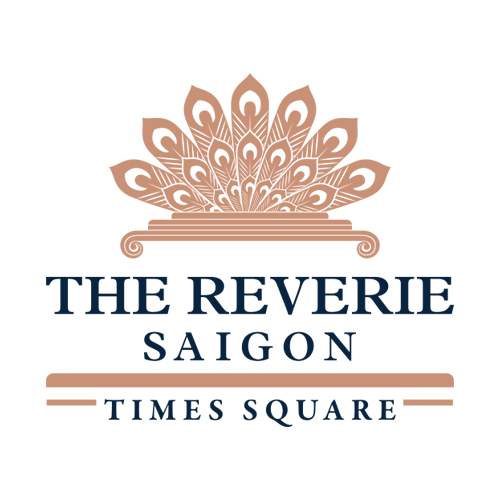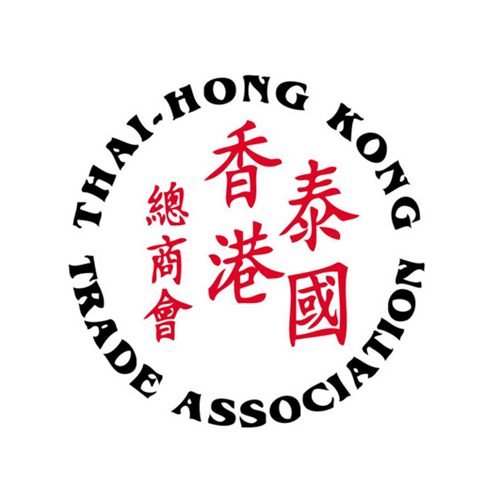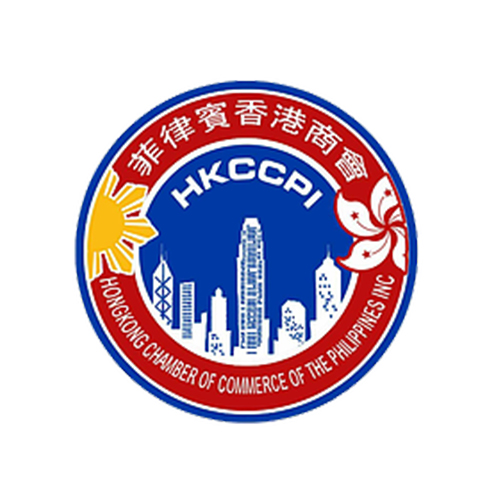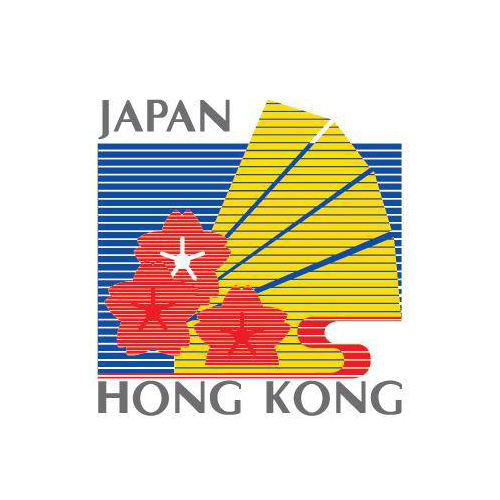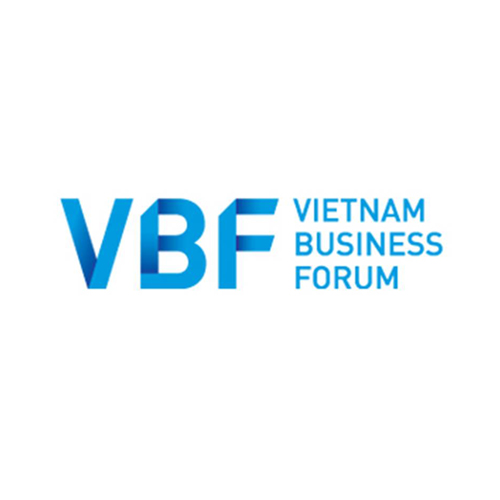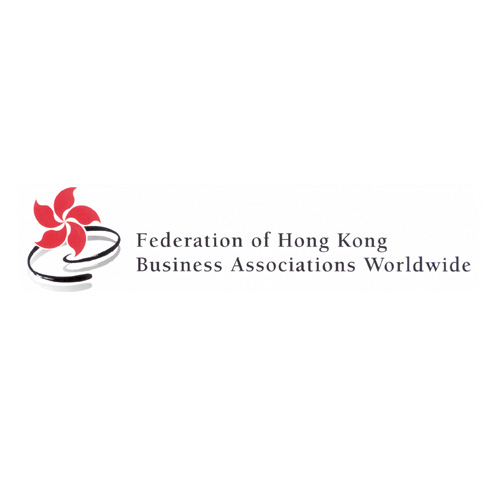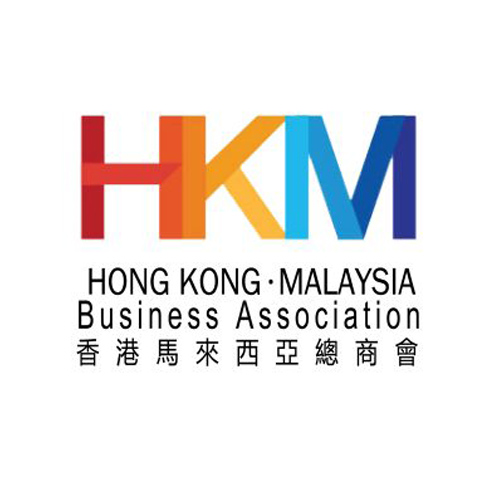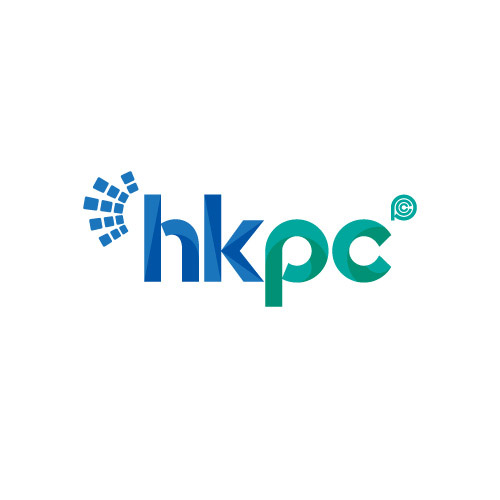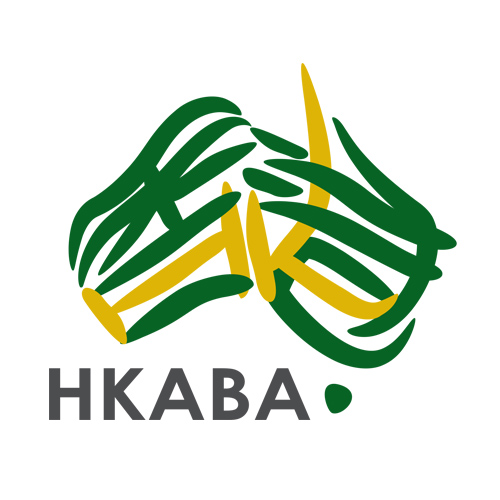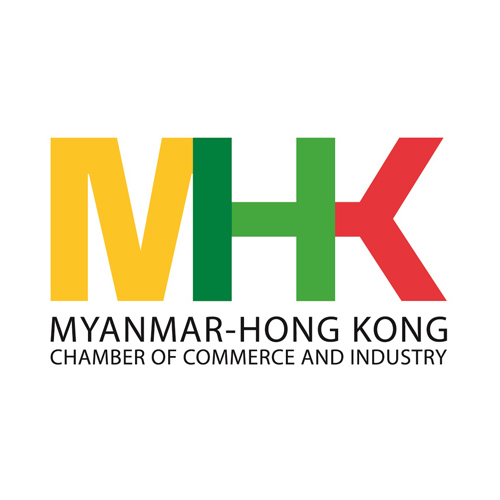Want to be in the loop?
subscribe to
our notification
Business News
“GREENING” TEXTILE AND GARMENT FOR SUSTAINABLE DEVELOPMENT
To maintain the impressive export performance, textile and garment producers are actively and flexibly transforming into greener models to meet increasingly stringent requirements of import partners and sharpen their competitive edge.
Stricter textile and garment regulations
According to the General Statistics Office (GSO), in the first quarter of 2022, the total export value of textiles and garments was up 22.5% year to US$8.837 billion, underpinning the sector’s export target of US$43 billion in 2022.
Always being a key exporter, the textile and garment industry is also striving to change to catch up with new trends and consumer tastes, including the inclination to opt for green products. According to a report released by the World Bank (WB), consumers in Vietnam's major export markets such as the United States and the European Union are increasingly demanding cleaner production processes and more environmentally friendly goods. This report also points out that the textile and garment industry is one of the industries having the opportunity to improve carbon footprint and the environment soon.
According to the Vietnam Textile and Apparel Association (VITAS), most companies in the textile and garment supply chain that process for major brands in the world must comply with green production requirements such as emission reduction, and social and environmental responsibility. Vietnam's bilateral and multilateral FTA commitments also have regulations on environmental protection and low carbon emissions.
In Vietnam’s key import markets, especially the EU, a majority of Vietnamese producers in the textile and garment supply chain are receiving green requirements from big brands, such as social and environmental responsibility and carbon emission reduction.
To meet those requirements and regulations from partners, they have actively transformed themselves. VITAS Vice President Truong Van Cam said, the green textile and garment program has been carried out for 3-4 years, actively helped reform Vietnam's textile and garment industry, improve environmental governance and generate many social and economic benefits.
VITAS also set a “go green” goal for 2023: Reducing energy consumption by 15% and water consumption by 20%. By 2030, the textile and garment industry will be green and, at the same time, build 30 international brands.
Some producers such as Garment 10 have planned to use natural, more biodegradable materials. Phong Phu Corporation is applying environmental impact measurement software in its production facilities to propose material utilization plans with less environmental impact.
Recently, H&M, a global apparel manufacturer with 31 suppliers in Vietnam, committed to developing a carbon-neutral supply chain for its own manufacturing and processing facilities or signing offshore contracts with fabric and yarn manufacturers and tanning suppliers by 2030. Nike also announced similar plans, affecting over 100 Nike suppliers in Vietnam. The German Organization for Cooperation and Development (GIZ) and Decathlon Company recently pledged to work together for better environmental performance in the textile and garment supply chain in Vietnam.
Many barriers
Textile and garment producers are aiming to invest in modern cleaner, energy-effective manufacturing technology to increase product competitiveness in export markets. However, technical barriers are increasing as many regulations are imposed in a very short time, leaving domestic suppliers unable to keep up. Therefore, they have to spend a lot of money on technology to meet all requirements.
According to a VITA's representative, some Vietnamese enterprises are making efforts to transform production to promptly meet global commitments and European law requirements, including the German Business Appraisal Law to be effective in 2023, which requires producers to identify, prevent, mitigate and account for environmental and social risks throughout the supply chains.
In early April 2022, the European Commission (EC) proposed applying some new ecological regulations for textiles and garments consumed in the EU. Specifically, this regulation requires apparel in the EU to be durable, reusable and repairable. To achieve this standard, manufacturers must use recycled, non-toxic, environment-friendly fibers. When textiles are no longer usable, manufacturers are responsible for recovery and recycling, with the least incineration and landfill of those products. All of the above information must be provided to consumers by manufacturers through a digital passport for each product.
VITAS President Vu Duc Giang said, to maintain and expand their export market shares, businesses will have no other choice than meet technical requirements from importing countries. They need to closely monitor market developments and actively adopt green production, taking into account recycling and energy conservation. In addition, they can approach international financial and environmental institutions to build a roadmap for this purpose.
Source: VCCI
Related News
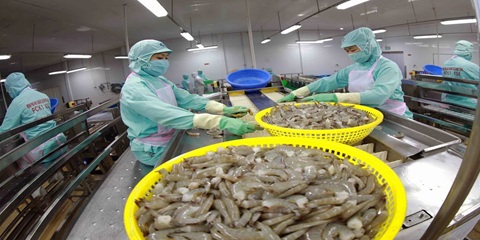
VIETNAM’S SEAFOOD EXPORTS HIT OVER US$10 BILLION IN JAN-NOV
Seafood export revenue in November alone amounted to nearly US$990 million, up 6.6% year-on-year. Key product groups posted solid gains. Shrimp exports rose 11.7% to over US$385 million, supported by strong demand for whiteleg shrimp and lobster. Tra fish shipments increased 9.7% to almost US$197 million, while marine fish, squid, and mollusk exports maintained their recovery.
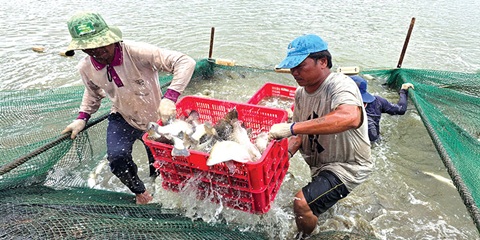
VIETNAM’S AGRO-FORESTRY-FISHERY EXPORTS HIT NEW RECORD IN JAN-NOV
Vietnam’s agro-forestry-fishery export revenue reached an estimated US$64.01 billion in the first 11 months of 2025, up 12.6% year-on-year and surpassing the full-year record of US$62.4 billion set in 2024. Agricultural exports reached US$34.24 billion, up 15% year-on-year, while livestock products brought in US$567.4 million, a 16.8% increase. Seafood exports rose 13.2% to US$10.38 billion, and forestry products earned US$16.61 billion, up 5.9%.

HANOI REPORTS RECORD-HIGH BUDGET REVENUE IN 2025
Hanoi’s budget revenue is estimated to reach VND641.7 trillion in 2025, the highest level ever recorded and nearly 25% above the revised target, according to a report by the municipal government. Data from the city’s socioeconomic performance review shows that total state budget collections in 2025 are projected to reach 124.9% of the adjusted plan and rise 24.9% from 2024, the Vietnam News Agency reported.
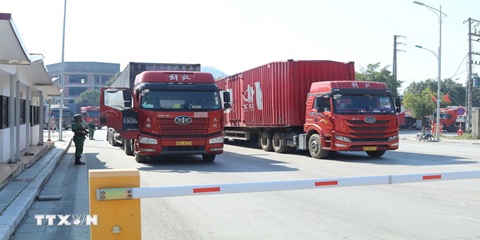
VIETNAM, CHINA TO PILOT TWO-WAY CARGO TRANSPORT AT LANG SON BORDER
Vietnam and China will launch a one-year pilot program on December 10 to allow two-way cargo transport through the Huu Nghi–Youyi Guan international border gates in Lang Son Province, reported the Vietnam News Agency. The Dong Dang-Lang Son Economic Zone Management Board said the trial aims to reduce transport costs and improve customs clearance capacity.
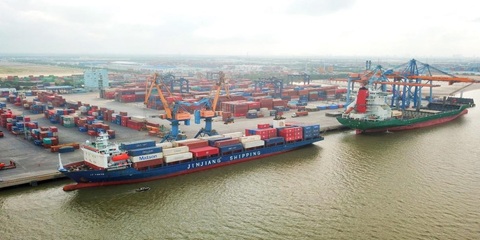
VIETNAM’S IMPORT-EXPORT VALUE NEARS US$840 BILLION IN JAN-NOV
The total value of Vietnam’s imports and exports was nearly US$840 billion between January and November this year, the highest level ever recorded, according to the National Statistics Office. In its latest report on the country’s socio-economic performance, the National Statistics Office highlighted a series of positive economic indicators, with trade emerging as one of the strongest drivers of growth.

OVER 19 MILLION INTERNATIONAL VISITORS COME TO VIETNAM IN JAN-NOV
Vietnam received more than 19.1 million international visitors in the first 11 months of 2025, a 20.9% increase year-on-year and the highest level ever recorded, according to the National Statistics Office. The figure surpasses the full-year record of 18 million arrivals set in 2019, before the Covid-19 pandemic. Nearly two million foreign visitors arrived in November alone, up 14.2% from October and 15.6% from the same period last year.
